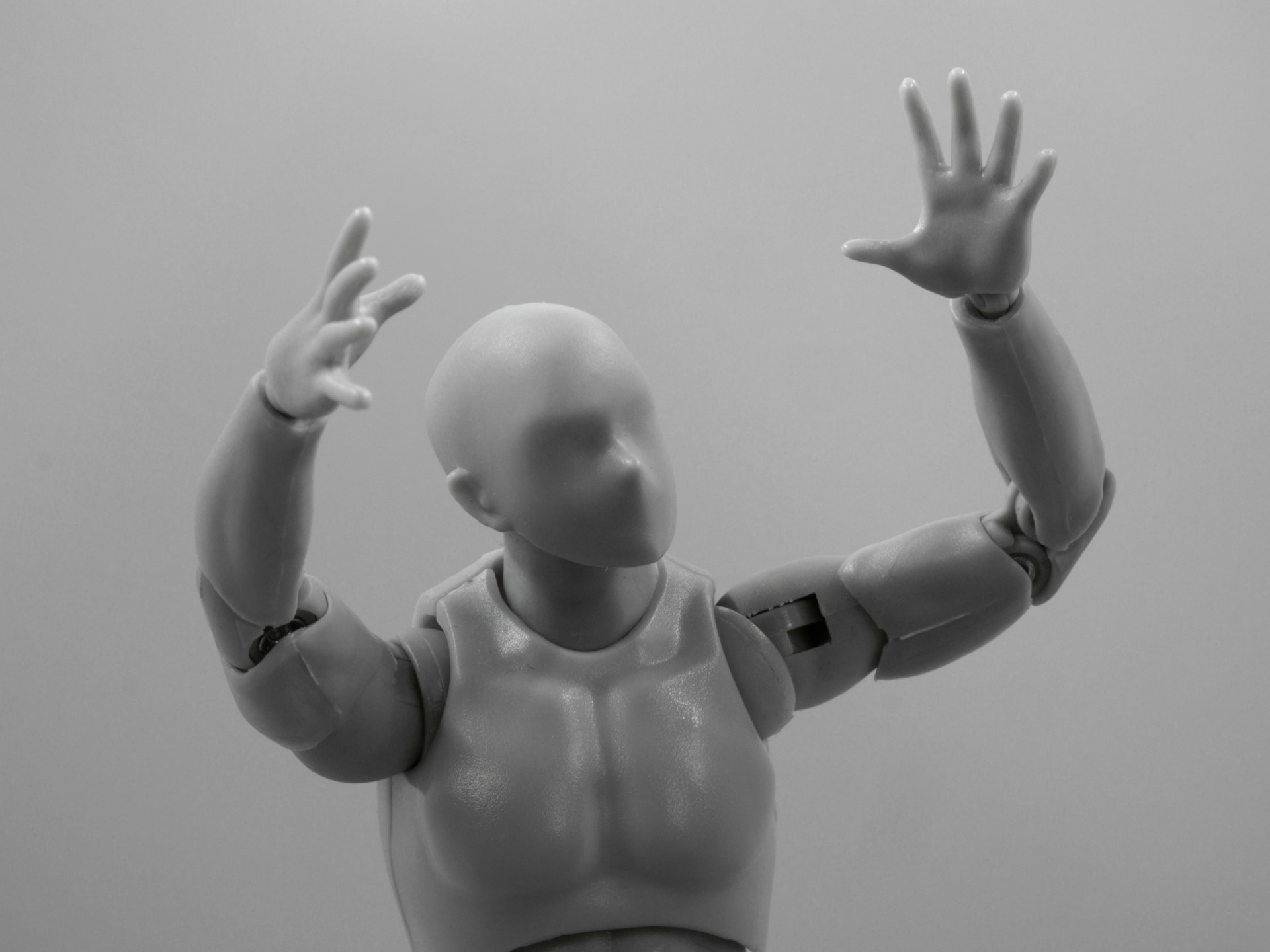Dr. Bowen Weng, Assistant Professor of Computer Science at Iowa State University, leads a team of researchers and graduate students focused on advancing the physical intelligence of humanoid and legged robots. Their work is centered not only on improving the capabilities of these machines but also on establishing rigorous safety standards that allow robots and humans to interact reliably in real-world environments.
Misenti, S., Hertel, B., Weng, B., Donald, R., Jawaji, A., Kosoko-Thoroddsen, M.-T., Trafton, J. G., Norton, A., Azadeh, R., & Gu, Y. (2025). Experimental evaluation of commercial quadruped robots: stability and performance in non-inertial environments. International Journal of Intelligent Robotics and Applications, 9(3), 1109–1134. https://doi.org/10.1007/s41315-024-00412-4
Physical intelligence refers to the motor skills, balance, coordination, and adaptive movement that humans develop from infancy. Activities such as walking, grasping objects, and navigating complex environments become second nature over time, freeing the mind to focus on other tasks. For humans, these skills are largely automatic and intuitive. For robots, however, replicating this level of physical adaptability is a substantial challenge. Even with advances in artificial intelligence, robots struggle to integrate sensory feedback in real time, adjust to unpredictable environments, and perform complex motor tasks efficiently. These challenges have motivated Dr. Weng and his team to develop methods that improve robot autonomy while maintaining a focus on safety and human collaboration.
Dr. Bowen Weng, Assistant Professor of Computer Science at Iowa State University, stated,
“This research makes an ‘indirect’ impact towards a safer robot. We did not make any contribution to enhance the robot’s specific capabilities. We did do something to enhance the test algorithm’s specific capabilities, which can be used against the robots someday.”
In the ISU computer science robotics lab, graduate students work directly with humanoid robots, ranging from a six-foot adult-sized model to smaller child-sized models, as well as quadruped robots with dog-like characteristics. Using hand-held controllers and specialized software, the team guides the robots through a variety of tasks, including standing up, sitting down, walking, turning, waving, and shaking hands. The quadruped robots are tested on commands such as standing, sitting, leaping, and walking in multiple directions. These experiments provide critical data for improving robot precision, efficiency, and safety while simulating human-like physical interactions.
Dr. Weng emphasizes that the goal is not to replace humans with robots but to support human-robot collaboration. Humanoid robots rely on humans for design, training, supervision, ethical guidance, and context-specific decision-making. As Dr. Weng explains, robots cannot replicate these functions independently, making human oversight and collaboration crucial. The research also highlights emerging career opportunities in AI oversight, ethics, design, and maintenance, demonstrating that advancements in robotics will complement and enhance the human workforce rather than replace it.
A key component of the research involves the development of new algorithms to assess robot stability and performance safely. One recent study co-authored by Dr. Weng, titled “Repeatable and Reliable Efforts of Accelerated Risk Assessment in Robot Testing,” proposes a method for evaluating robots’ risk of instability from disturbances such as frontal impacts. This algorithm enables repeated and reliable testing while identifying areas where robots may be vulnerable to falls or other accidents. By improving the assessment framework rather than the robot’s inherent capabilities, the work ensures that testing remains accurate and actionable for future applications.
Another study, conducted in collaboration with researchers from the University of Massachusetts at Lowell and Purdue University, evaluated commercial quadruped robots in dynamic environments. The findings demonstrated that while these robots exhibit significant mobility and adaptability, challenges remain in accurately maintaining body positioning during aggressive ground motion. These results highlight the ongoing need to refine both robotic design and testing standards.
The ISU lab is not only a hub for testing and development but also an educational space where graduate and undergraduate students gain hands-on experience. Students consistently cite the opportunity to work with real robots rather than simulations as a major factor in their engagement. They participate in programming, motion planning, and algorithm testing, all under Dr. Weng’s guidance, which fosters both technical skill and an understanding of the practical challenges of humanoid robotics.
Looking ahead, Dr. Weng and his team plan to expand their research to include a broader range of legged robotic systems and applications. The focus will remain on advancing physical intelligence in ways that enhance reliability, effectiveness, and safety. The development of standardized evaluation methods, transparent reporting of capabilities and limitations, and the continued refinement of risk-assessment algorithms are central to their approach. These efforts aim to build public trust in robotic systems and to ensure that humanoid robots can be deployed responsibly in human environments.
While challenges such as high development costs, lack of standardization, infrastructure gaps, and ethical considerations persist, Dr. Weng stresses that the path forward lies in human-led research. Establishing trustworthiness and reliability through careful experimentation, rigorous testing, and transparent reporting will be critical for broader adoption. Humanoid robots may one day assist in search-and-rescue missions, healthcare, manufacturing, and disaster response, but the foundation for such applications depends on ongoing research into physical intelligence and safety.
In summary, Dr. Bowen Weng’s work at Iowa State University demonstrates that the advancement of physical intelligence in humanoid and legged robots is achievable when combined with rigorous safety standards, real-world experimentation, and careful human oversight. By focusing on collaboration rather than competition, the research provides a model for how robotics can complement human activity while maintaining safety, reliability, and public trust.
This research marks a step toward a future in which robots are capable of operating effectively in complex environments alongside humans, providing enhanced functionality and support across a range of applications while ensuring responsible and safe integration.

Adrian graduated with a Masters Degree (1st Class Honours) in Chemical Engineering from Chester University along with Harris. His master’s research aimed to develop a standardadised clean water oxygenation transfer procedure to test bubble diffusers that are currently used in the wastewater industry commercial market. He has also undergone placments in both US and China primarely focused within the R&D department and is an associate member of the Institute of Chemical Engineers (IChemE).


